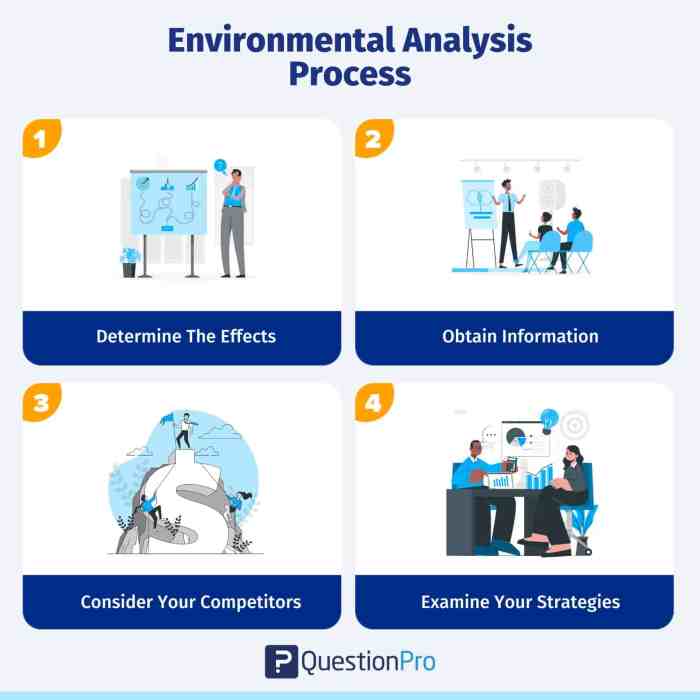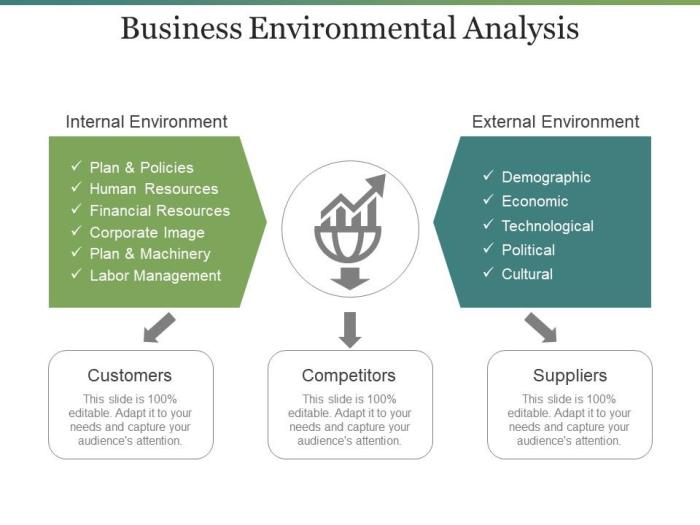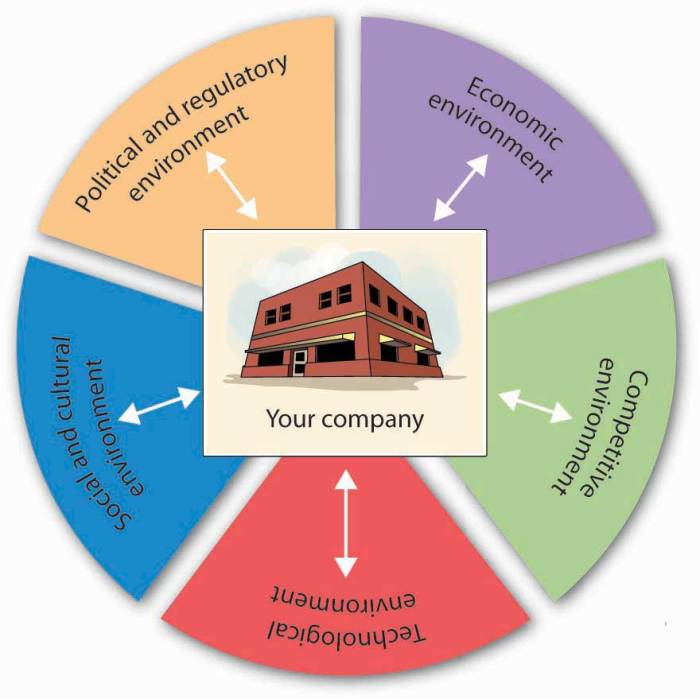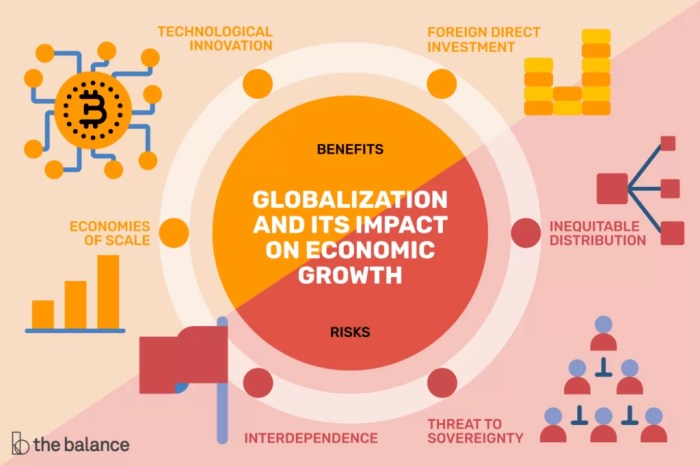
Step into the world of business environment analysis tools where strategic decisions are made with precision and insight. Get ready for a journey filled with powerful tools and impactful strategies that shape the business landscape.
Unlock the secrets behind analyzing the business environment and discover how it influences organizations in unexpected ways.
BUSINESS ENVIRONMENT
The business environment refers to the external factors and forces that can affect the operations and performance of a company. It includes all elements outside of the organization’s control that can impact its success or failure.Factors that influence the business environment:
Factors Influencing the Business Environment
- Economic conditions: Fluctuations in the economy, such as inflation, interest rates, and unemployment, can significantly impact businesses.
- Technological advancements: Rapid changes in technology can create opportunities for innovation but also pose threats to outdated practices.
- Political and legal factors: Government policies, regulations, and stability can influence business operations and strategies.
- Social and cultural trends: Changing consumer preferences, demographics, and societal values can shape the market environment.
Examples of how the business environment can impact organizations:
Impact of Business Environment on Organizations
- During a recession, companies may experience a decrease in consumer spending, leading to lower sales and profitability.
- Advancements in technology can disrupt traditional industries, forcing companies to adapt or risk becoming obsolete.
- Changes in government regulations can create compliance challenges and increase operational costs for businesses.
- Shifts in consumer behavior towards sustainability can drive companies to adopt environmentally friendly practices to remain competitive.
BUSINESS ENVIRONMENT ANALYSIS TOOLS

Business environment analysis tools are essential resources that organizations use to evaluate and understand the external factors that can impact their operations. These tools help businesses make informed decisions and develop effective strategies to navigate the ever-changing business landscape.
Types of Business Environment Analysis Tools
- Pestle Analysis: A framework that examines the political, economic, social, technological, legal, and environmental factors affecting a business.
- SWOT Analysis: An assessment of a company’s strengths, weaknesses, opportunities, and threats to identify areas for improvement and growth.
- Porter’s Five Forces: A model that analyzes the competitive forces within an industry to determine its attractiveness and profitability.
- Scenario Planning: A method that involves creating multiple scenarios to anticipate potential future developments and prepare for different outcomes.
- Competitor Analysis: Evaluating the strengths and weaknesses of competitors to identify opportunities for differentiation and competitive advantage.
Importance of Using Business Environment Analysis Tools
Utilizing business environment analysis tools is crucial for strategic decision-making as they provide valuable insights into the external factors that can impact a company’s performance. By understanding the opportunities and threats present in the business environment, organizations can develop strategies to capitalize on strengths and mitigate weaknesses. These tools also help businesses adapt to changes in the market, anticipate risks, and stay ahead of competitors.
Last Word

Explore the realm of business environment analysis tools and empower your decision-making process with invaluable insights. Stay ahead of the curve and navigate the dynamic business landscape with confidence.
FAQ Guide
What are the key benefits of using business environment analysis tools?
Business environment analysis tools provide valuable insights into market trends, competitor strategies, and potential risks, enabling informed decision-making.
How do these tools aid in strategic decision-making?
By analyzing various factors such as economic conditions, regulatory changes, and consumer behavior, these tools help businesses formulate effective strategies and adapt to dynamic environments.
Can small businesses also benefit from using these tools?
Absolutely. Small businesses can leverage these tools to understand their competitive landscape, identify growth opportunities, and mitigate risks, giving them a competitive edge in the market.







